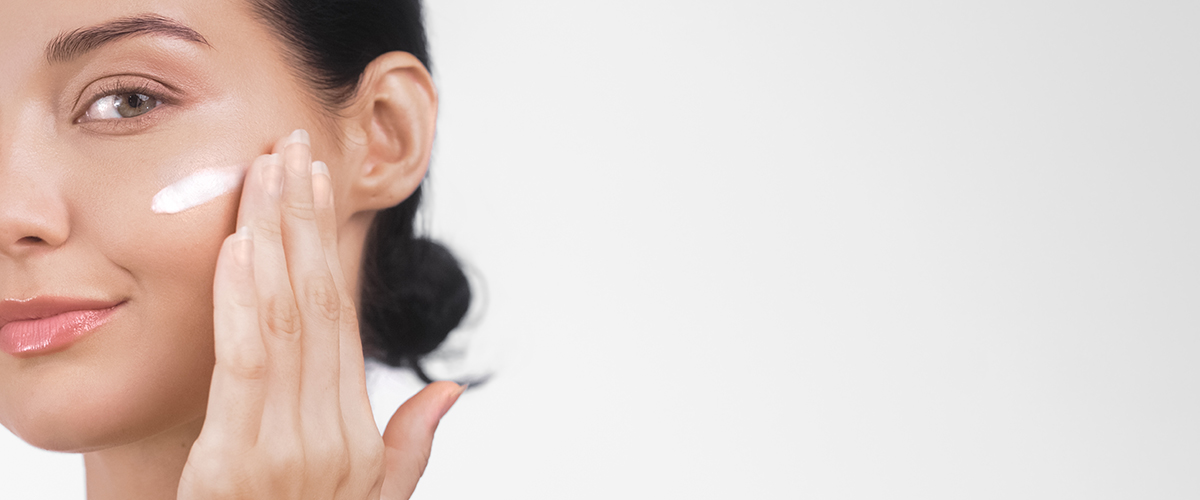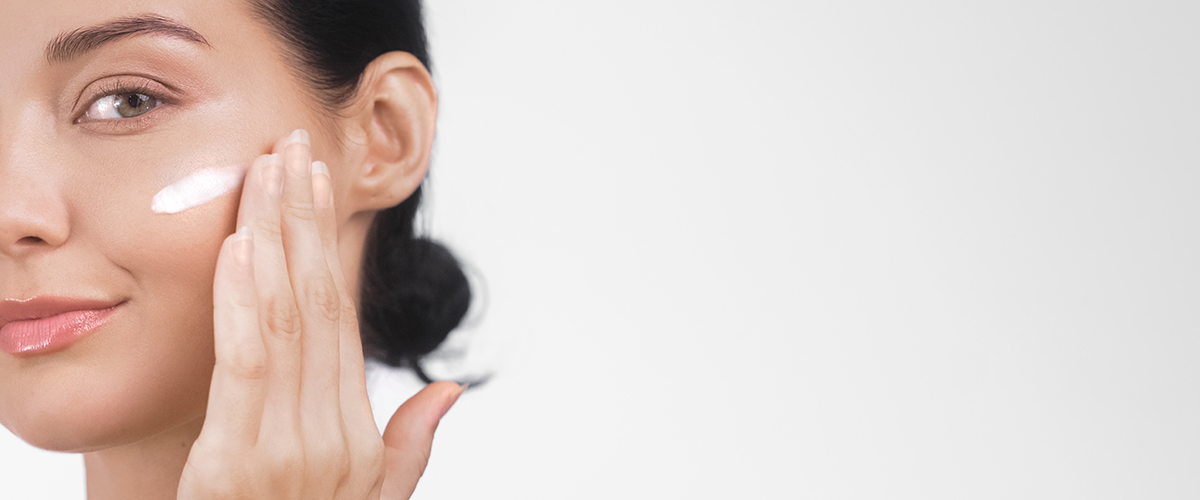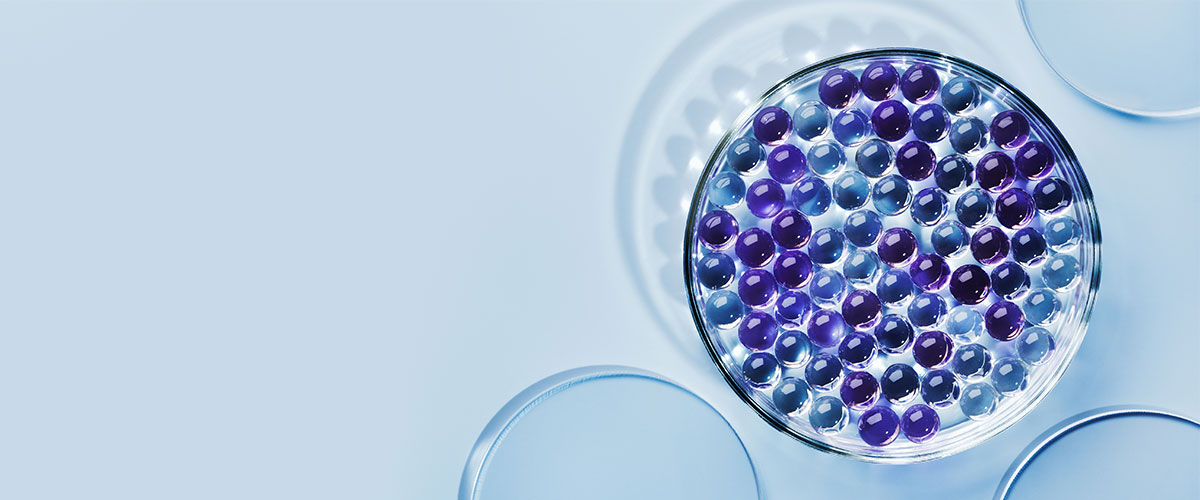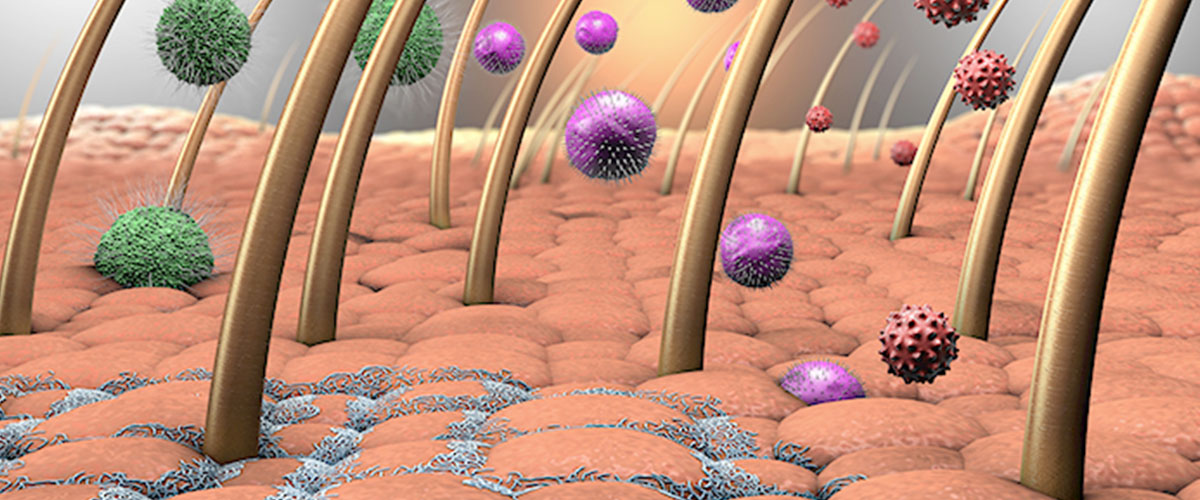Acne is a common skin condition worldwide3. It’s most prevalent in adolescence - affecting more than 90% of 16 to 18 year olds in Australia, but can continue into adulthood4. Acne appears when hair follicles become congested with oil (sebum), dead skin cells, and bacteria,4 and tends to affect the face, neck, back, and chest5. On the skin it can emerge as blackheads, whiteheads, cysts and nodules, which can sometimes lead to long-term scarring4.
Acne-prone skin produces more oil, or sebum, than other skin types. This overproduction is typically driven by hormonal changes or genetics1. This is why managing oiliness is a key focus for many people with acne-prone skin. However, it's important to maintain the skin's natural barrier (where ceramides come in!) to help avoid over-stripping skin.




